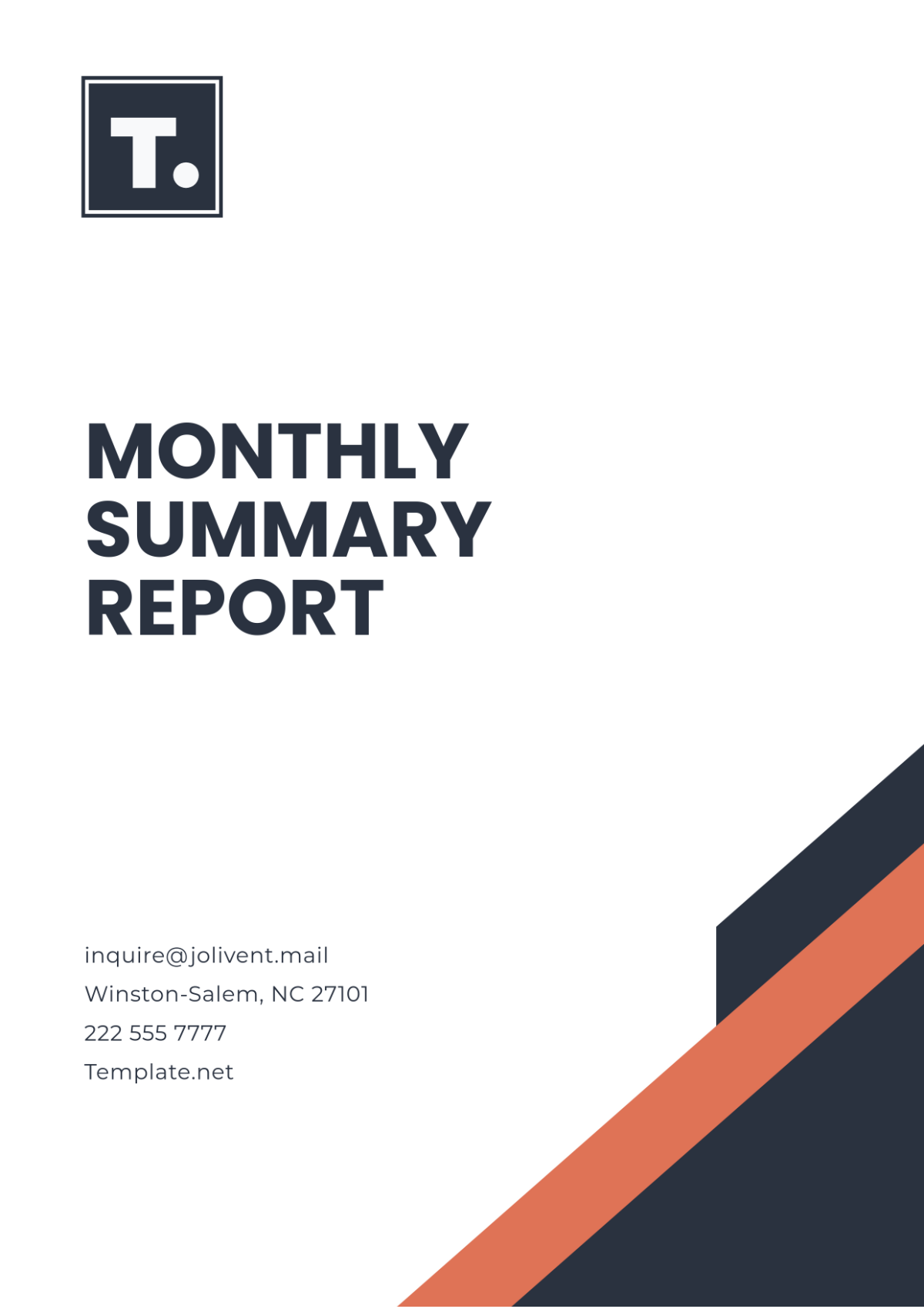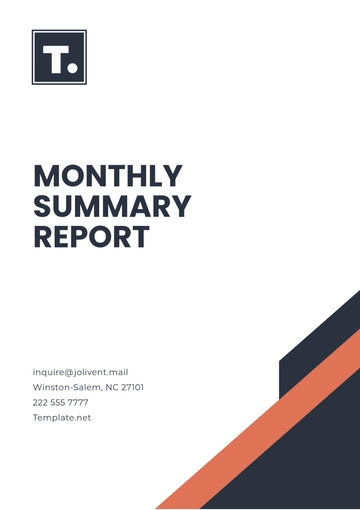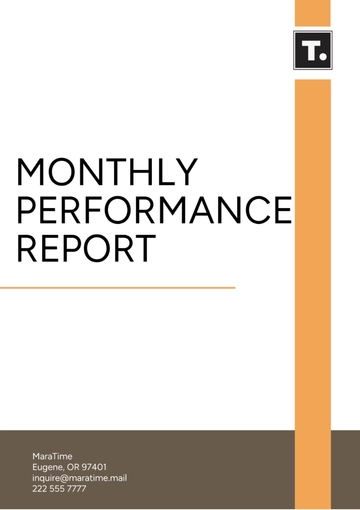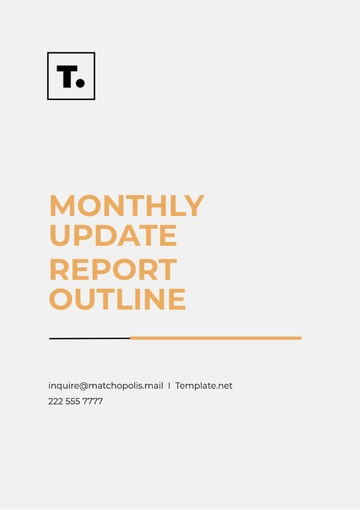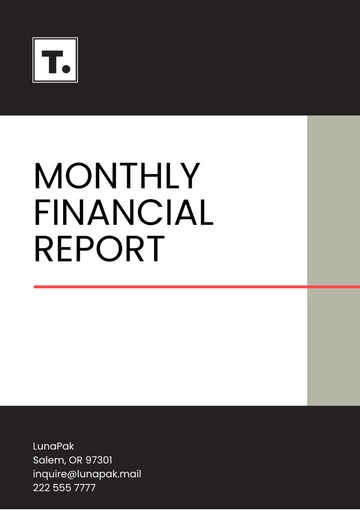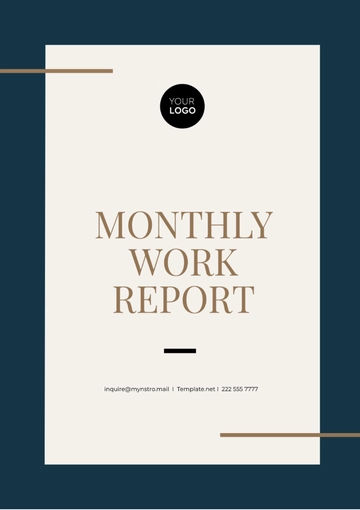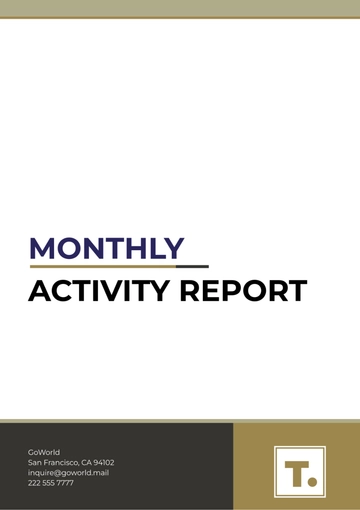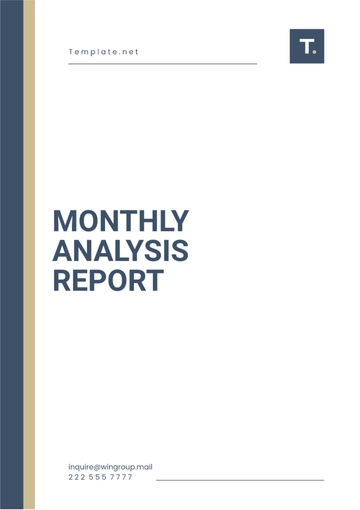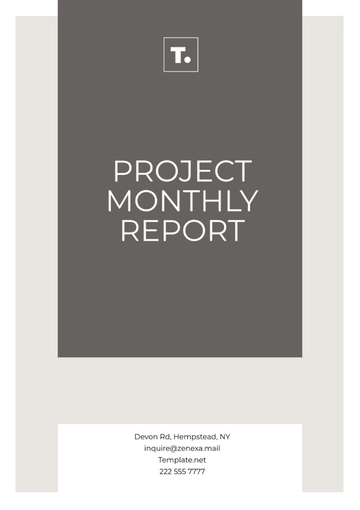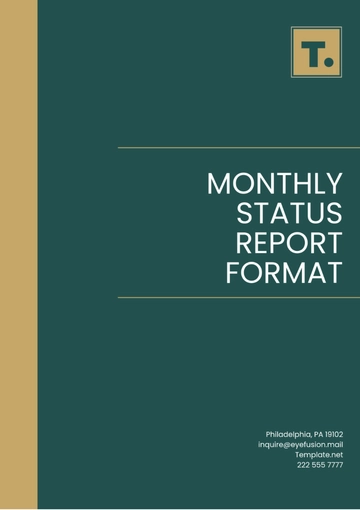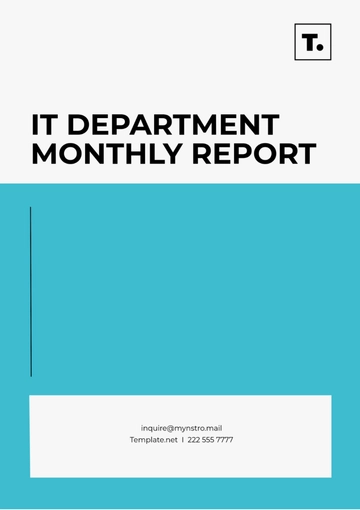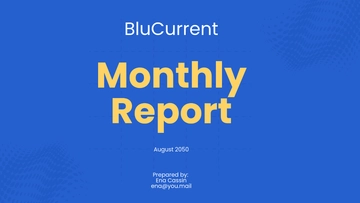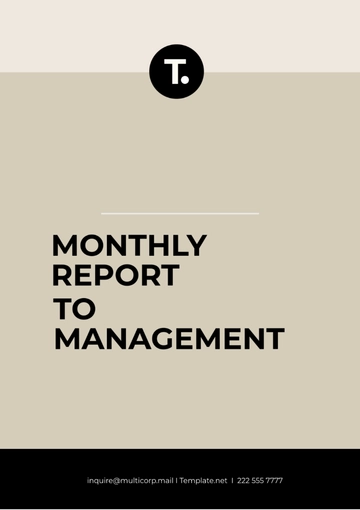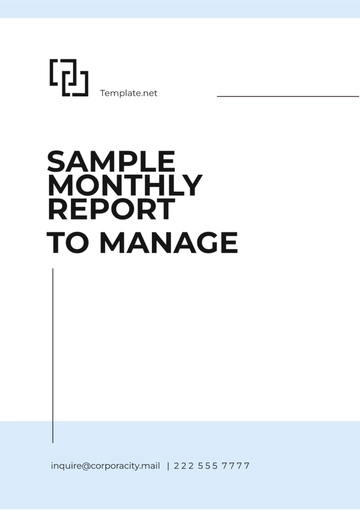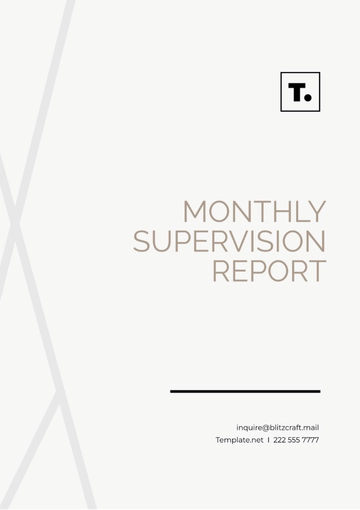Monthly Summary Report
Prepared by: [Your Name]
Date: October 31, 2050
I. Executive Summary
The Monthly Summary Report for October 2050 highlights significant developments and metrics for [Your Company Name] and its operational landscape. This report encapsulates critical achievements, challenges faced, and opportunities identified throughout the month. With a focus on both qualitative and quantitative data, the insights herein aim to support strategic decision-making and operational enhancements moving forward.
II. Key Performance Indicators (KPIs)
This section outlines the essential KPIs that reflect the performance and health of [Your Company Name] for the month of October 2050. The table below summarizes the key metrics compared to the previous month.
KPI | October 2050 | September 2050 | Change (%) |
|---|
Revenue | $2,500,000 | $2,350,000 | 6.38 |
Net Profit | $600,000 | $550,000 | 9.09 |
Customer Acquisition | 500 | 450 | 11.11 |
Customer Retention Rate | 85% | 82% | 3.66 |
III. Financial Overview
The financial performance of [Your Company Name] in October 2050 reflects robust growth across various segments. The following highlights provide a deeper understanding of the financial trends observed:
Revenue Breakdown
Product Sales: $1,500,000
Service Revenue: $800,000
Consulting Income: $200,000
Expense Analysis
Operating Expenses: $900,000
Marketing Costs: $200,000
Administrative Expenses: $150,000
Overall, the financial metrics suggest a positive trajectory, supported by increased sales activities and effective cost-management strategies.
IV. Operational Highlights
October 2050 witnessed several operational advancements, contributing to improved efficiency and productivity.
Process Improvements
Employee Engagement
An employee engagement survey conducted in October yielded valuable feedback, revealing a 15% increase in employee satisfaction compared to the previous quarter. This improvement can be attributed to enhanced communication and recognition programs introduced in September.
V. Market Analysis
The market landscape continues to evolve, presenting both challenges and opportunities for [Your Company Name]. Key insights from the month include:
Competitor Activity
StronkCo launched a new product line, heightening market competition.
SurePlus has gained market share through aggressive pricing strategies.
Emerging Trends
Rising demand for sustainable products is shaping consumer buying habits.
Digital transformation is changing customer engagement, requiring new marketing strategies.
VI. Challenges and Opportunities
While the company made significant strides this month, certain challenges were also identified:
Challenges
Opportunities
VII. Next Steps
In light of the insights gathered, the following action items are recommended for November 2050:
Enhance supply chain resilience by diversifying suppliers.
Invest in marketing campaigns focused on sustainability.
Continue monitoring competitor activities and adjust strategies accordingly.
For further inquiries or to discuss the contents of this report in detail, please contact [Your Name] at [Your Email]. For more information about our company, you can reach out to [Your Company Name] via email at [Your Company Email].
Report Templates @ Template.net
